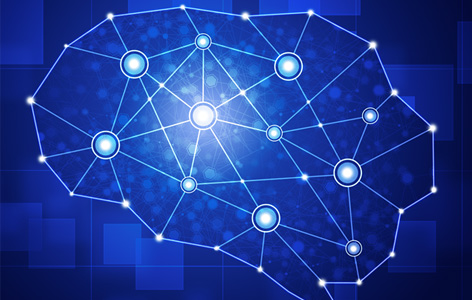
Obsessive compulsive disorder (OCD) is a devastating illness characterized by intrusive and persistent thoughts (obsessions) as well as disruptive and repetitive behaviours (compulsions). People afflicted with OCD are unable to control their obsessions or compulsions and close to 60% of them do not respond to traditional drug therapy.
Communication errors between certain brain regions (known as abnormal connectivity) are thought to underlie OCD. Thus, therapies aimed at restoring normal brain connectivity offer a novel approach to OCD treatment. Preliminary trials using surgically based therapies, such as deep brain stimulation, have shown promise but there is a need for more accessible and non-invasive alternatives.
TWRI Scientist Dr. Jonathan Downar and collaborators devised a new approach to treat OCD. First, they used repeated transcranial magnetic stimulation (rTMS) to restore normal connectivity between affected brain regions. The application of rTMS is a painless and non-invasive approach that involves placing a magnetic field on patients' scalps to influence electrical activity in the brain. Second, they used an imaging technique to confirm the regions of OCD patients' brains that displayed abnormal connectivity before treatment and how that connectivity changed after treatment.
Dr. Downar comments, "Of those treated, half responded favourably to rTMS—a remarkable finding considering that all of these patients were non-responsive to traditional therapy. The next step will be to refine our brain imaging method to better customize the rTMS treatment for each individual patient, with the aim of further improving treatment response."
This work was supported by the Canadian Institutes of Health Research, the National Institutes of Health, the Klarman Family Foundation, the Buchan Family Foundation and the Toronto General & Western Hospital Foundation.
Reductions in cortico-striatal hyperconnectivity accompany successful treatment of obsessive-compulsive disorder with dorsomedial prefrontal rTMS. Dunlop K, Woodside B, Olmsted M, Colton P, Giacobbe P, Downar J. Neuropsychopharmacology. 2015 Oct 6. [Pubmed abstract]




